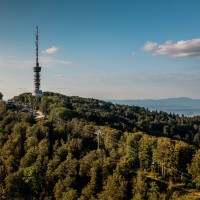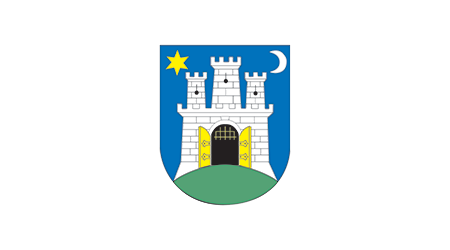Pompeii – Life in the Shadow of Vesuvius
Until July 10th, the Klovićevi Dvori Gallery will be the venue for the largest cultural event of the year: “Pompeii – Life in the Shadow of Vesuvius”. This exhibition is a continuation of the trend of organizing large projects at the museum.
 Until July 10th, the Klovićevi Dvori Gallery will be the venue for the fascinating exhibition, “Pompeii – Life in the Shadow of Vesuvius”. It is the largest international cultural exhibition in Zagreb this year and it is a continuation of the museum’s trend of organizing large events in its gallery space.
Until July 10th, the Klovićevi Dvori Gallery will be the venue for the fascinating exhibition, “Pompeii – Life in the Shadow of Vesuvius”. It is the largest international cultural exhibition in Zagreb this year and it is a continuation of the museum’s trend of organizing large events in its gallery space.
The exhibition on Pompeii is a story of one city’s tragedy, but also a story of an advanced civilization on the Mediterranean coast, which was destroyed by an eruption of Mt. Vesuvius in 79 A.D. The exhibition will give visitors an opportunity to familiarize themselves with the history of this well-developed ancient town, which had a population of twenty thousand whose lives brutally ended in just one day almost two thousand years ago. This is a story of life and death, as well as the wealth of onetime Roman colony, Cornelia Veneria. Most of the items from that period are nowadays part of the holdings of the Naples National Archaeological Museum and the museum on location in Pompeii, both of which helped to organize the Zagreb exhibition and contributed to it becoming the largest cultural event of the year. The entire exhibition area is dominated by red colours, with large photos of classical Roman motifs along the walls, as well as concurrent film projections.
Apart from the petrified remains of victims buried in ash and lava, the exhibition features an array of items from the everyday life of this tragic town. Aside from numerous household items, such as dishes, lamps, mirrors, coins, etc, the exhibition also consists of jewellery made from gold and precious stones, as well as cult items, house and garden adornments, frescos and bronze statues. Some of these items were retrieved during the excavation process on site at Pompeii 1600 years ago, when the buried town was discovered by accident, while the rest was preserved by the townsfolk who managed to escape from the city before it was overcome by ash and lava.
Published: 01.04.2011
 Hrvatski
Hrvatski English
English Deutsch
Deutsch Spanish
Spanish French
French Italian
Italian Russian
Russian Korean
Korean Japanese
Japanese Chinese
Chinese Until July 10th, the Klovićevi Dvori Gallery will be the venue for the fascinating exhibition, “Pompeii – Life in the Shadow of Vesuvius”. It is the largest international cultural exhibition in Zagreb this year and it is a continuation of the museum’s trend of organizing large events in its gallery space.
Until July 10th, the Klovićevi Dvori Gallery will be the venue for the fascinating exhibition, “Pompeii – Life in the Shadow of Vesuvius”. It is the largest international cultural exhibition in Zagreb this year and it is a continuation of the museum’s trend of organizing large events in its gallery space.









